Choosing a wall hung toilet. Design pros and cons
A toilet with an installation is a relative innovation in plumbing. More common in Western countries, these models are only gaining popularity in our country. The article contains all the pros and cons of such a purchase, reviews of those who decide to purchase this hygiene item, and tips on how to choose a hanging toilet.
Design features
Seeing a hanging toilet, a rare visitor to a plumbing store will not be puzzled by the question: how does the structure hold up, what ensures its strength? After all, the toilet bowl does not have the usual legs. Fasteners that guarantee reliability are also not visible on the surface.
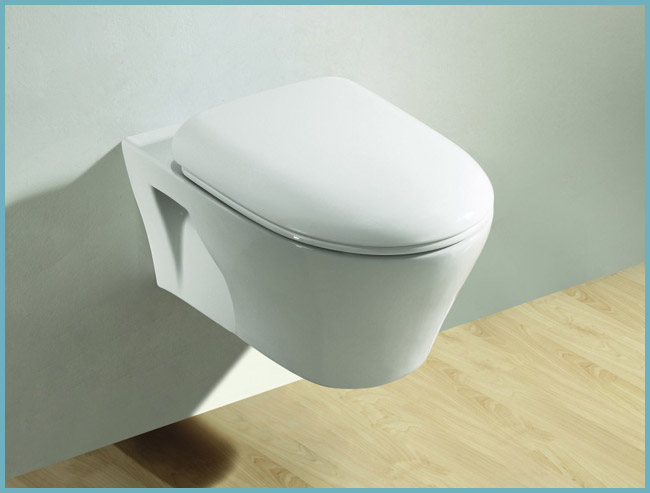
Wall hung toilet
The installation gives stability - a massive steel frame, which is often sold separately from the toilet. It can be attached only to the wall or additionally to the floor. From above it is covered with a plasterboard false wall, and the illusion is created that the plumbing fixture really does not rest on anything.
Advice. You can install several installations in the bathroom: not only for the toilet, but also for the washbasin, bidet. Using special profiles, they are combined into one system.
Since the drain tank, along with all communications, is hidden behind drywall, most often the structure is placed in the niche of the bathroom, where the water pipes and. If you choose another place, then keep in mind that you still need to make a recess of 20-25 cm in the wall to accommodate the tank. It has 4 attachment points, 2 of them on the floor, which allows you to set the desired height. The tank itself is made of plastic, not ceramic, as usual. Access to it is possible through a panel with a button located above the bowl. Through it, you can turn off the water or make minor repairs.
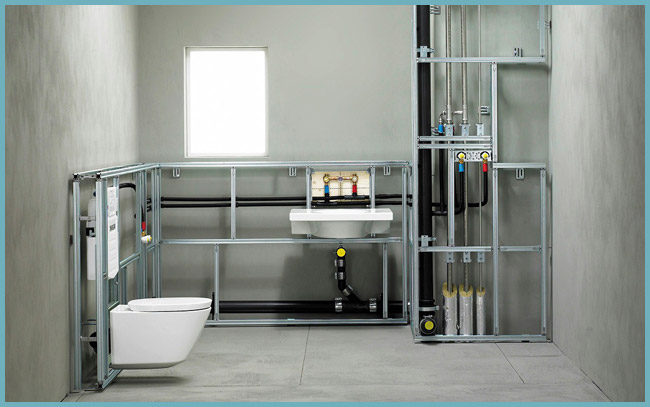
Installation of several installations in the bathroom
The bowl of such a toilet bowl is the only thing that can be seen from the whole structure, so its choice must be approached especially carefully. Design developments allow you to choose:
- color - from classic white to acid or iridescent shades;
- shape - from round and oval to rectangular and other, more complex modifications;
- material - from ceramics and steel to plastic, polymer concrete and glass.
Advice. From a practical point of view, plastic is not very convenient: it is easily scratched. Polymer concrete does not perceive cleaning by all means. When choosing between faience and porcelain, give preference to the latter. Thanks to the smoother surface, it needs to be cleaned much less often.
Common myths
Myth #1 The design is not able to withstand a person, especially an obese one - under him it will simply fall apart. Because of this, obese people should not use the wall-hung toilet all the time.
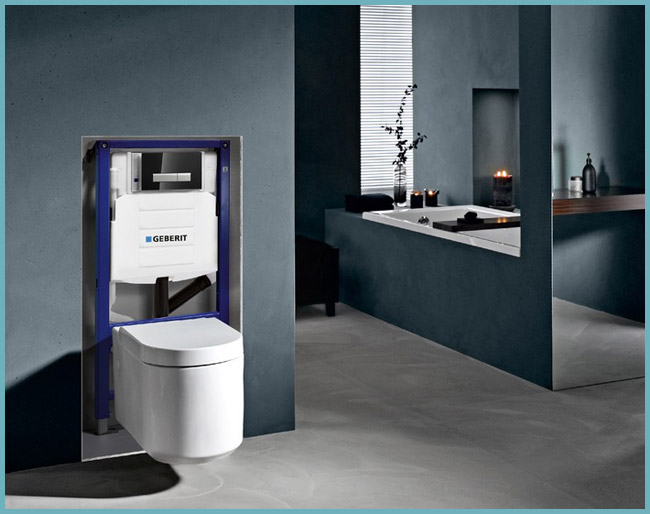
Any installation can withstand up to 400 kg
Refutation. Reliability is guaranteed by a frame made of steel. In addition, it is attached to the wall, which will not allow the structure to collapse. Plumbing manufacturers claim that such a toilet can withstand a weight of 200 to 400 kg. And some vouch for 800 kg. Even ordinary floor hygiene items do not have such parameters.
Myth #2. Since the entire mechanism is hidden inside the installation, in case of repair or replacement of some element, it will be necessary to break the wall.
Refutation. Manufacturers specially make a built-in tank from heavy-duty plastic. It lasts a very long time, and most likely it will not be necessary to replace it throughout the entire life of the toilet. Repair can only be required by herself, and access to it is easy by removing the panel with the button for flushing. By shutting off the water, you can get the “stuffing” - a mechanism with a float, a shut-off valve - and, if necessary, adjust or replace them.
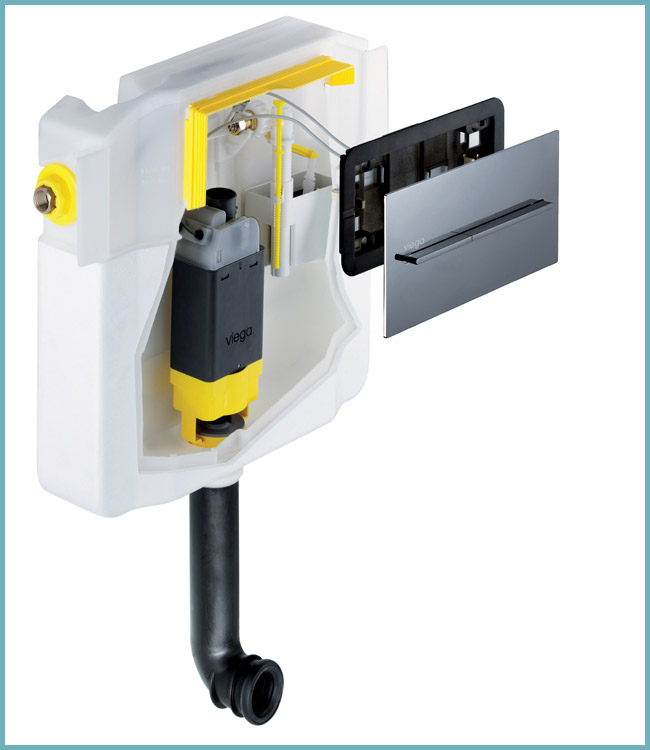
Access to the drain system
Also, the tap itself, with which the water supply is stopped, is not quite usual. It has an atypical thread, and it is attached using a plastic part that is easy to unscrew. In the event of a malfunction, the tap can be removed or even left open. Water in such a situation is blocked from the outside.
Myth #3. If something breaks, then getting the right part will be extremely difficult.
Refutation. Units are initially equipped with everything you need. For them, as well as for other models, a variety of spare parts are on sale. In addition, the buyer chooses the button for the tank himself. Therefore, he may ask in advance how problematic it will be to get its analogue.
Myth number 4. Installation requires a lot of space, because you still need to build a false wall, and it takes additional centimeters of area.
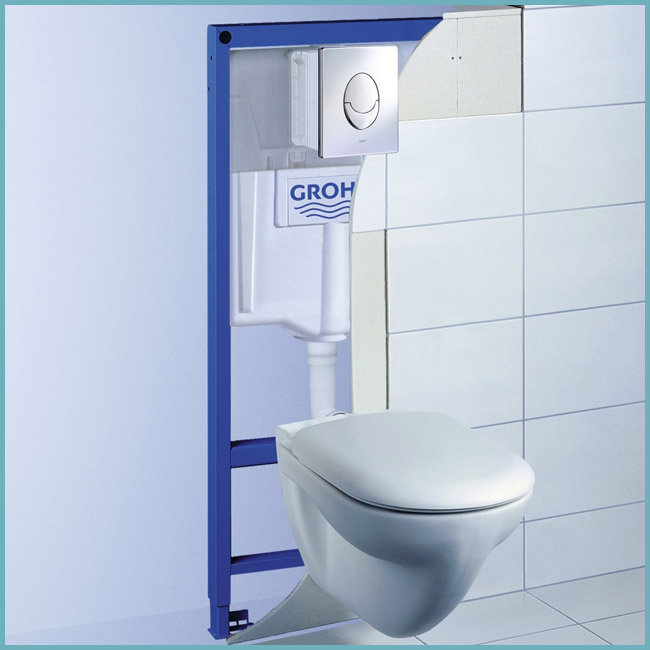
The system is quite reliable and rarely needs to be repaired.
Refutation. The hanging hygiene item, unlike the floor one, is located close to the wall. The place that the tank usually occupies is reserved for installation. If you install it in, you can even save a little space.
Advice. In very small bathrooms, use hanging structures very deliberately. Sometimes unsuccessful installation can significantly reduce the size of the room. Calculate all dimensions in advance, taking into account the thickness of the plasterboard false panel.
Myth number 5. They cost more than any other. Refutation. If we compare inexpensive models of ordinary hygiene items and designs with an installation, the advantage will certainly be with the former. However, if we are talking about toilet bowls of the same quality, then both wall-mounted and floor-standing ones are approximately in the same price category. Most of all, the installation itself affects the cost. It can be purchased separately. And often customers of plumbing stores choose a toilet bowl from one manufacturer, and an installation from another. Therefore, the final cost of a complete set depends on the personal preferences of each buyer.
Pros and cons
Among the undoubted advantages of these models of plumbing, it is worth noting:
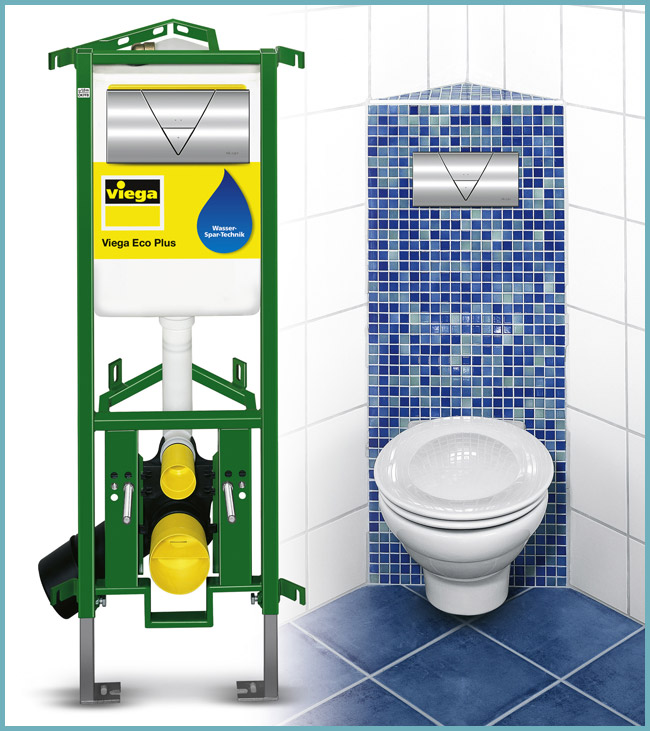
Corner installation
- Compactness. Due to the fact that everything superfluous is hidden in the wall, the toilet looks very neat.
- Ease of cleaning. This hygiene item is much faster to clean, easier to clean the floors in the room.
- Less noise during draining. Since the tank is located behind the wall, the water is drawn into it quieter than usual.
- Possibility to set up full or half flush.
- Reliability.
The negative points of use include the following:
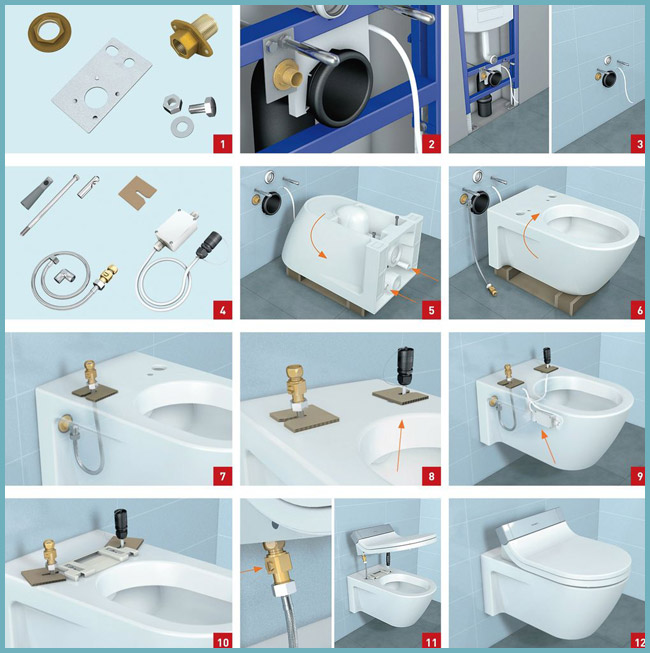
Real owner reviews
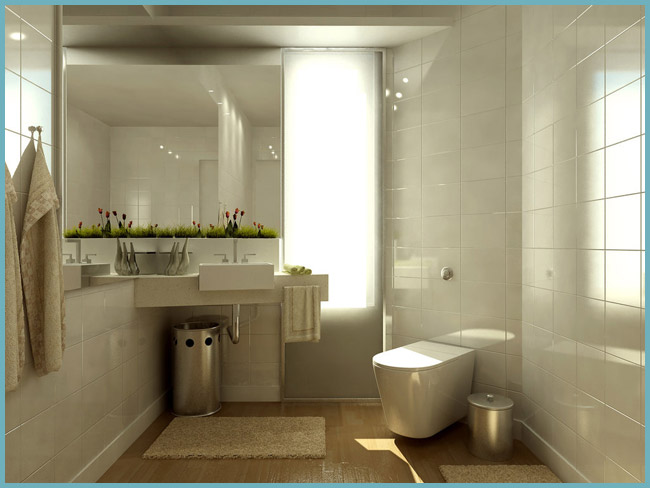
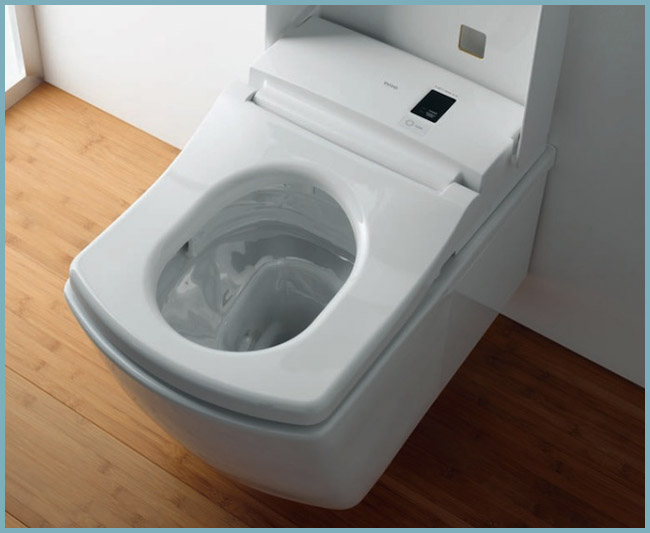
 Facade design of a country house: a variety of stylistic trends
Facade design of a country house: a variety of stylistic trends Wooden ceilings - 25 interior examples
Wooden ceilings - 25 interior examples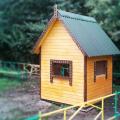 How to make a children's playhouse with your own hands
How to make a children's playhouse with your own hands